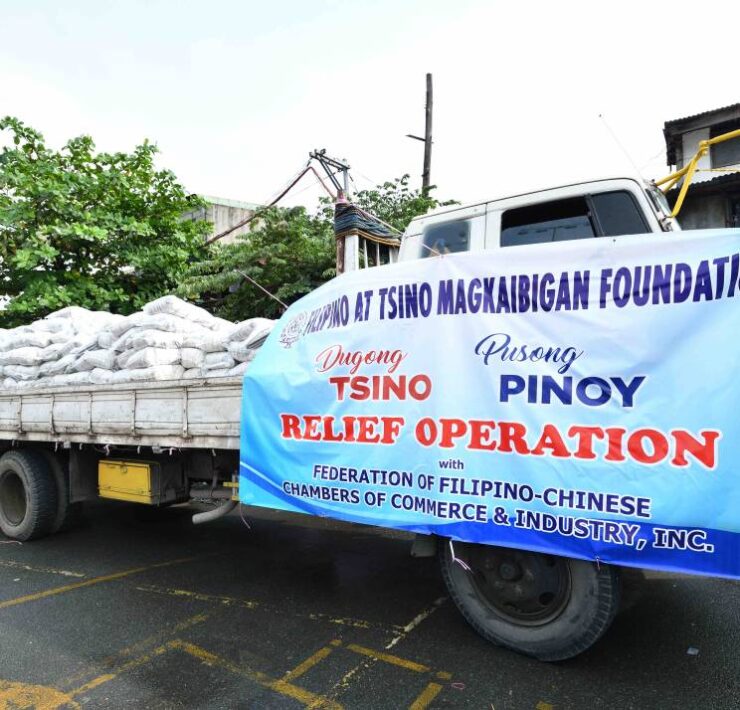Tradition, tech, trust: Recipe for media’s endurance

Joselito Zulueta started his journalism career in 1986 and witnessed how the advancement of technology brought many changes to the profession. For one, reporters no longer need to come to the newsroom in person because online meetings have become more convenient.
Zulueta, a University of Santo Tomas professor and former Philippine Daily Inquirer editor, said this spared reporters from getting scolded by their editors who learned the trade under a much stricter environment.
“The editors of old were also very harsh,” he recalled. “Reporters have to pass through the crucible, through the fire.”
However, he acknowledged that “by the harshness of those editors, they became good reporters.”
For Zulueta, who first worked at the defunct newspaper Manila Chronicle, the editorial practices founded by traditional media—print, radio and television—set it apart from digital media that is more prevalent now.
High levels of trust
“Their (traditional media) advantage will always be that their reports are more authoritative, more balanced, and at the same time, deeper,” he said. “They have more context, more background.”
Over the past years, online and social media continued to be the most popular sources of news in the country compared to print and television, based on the 2024 Digital News Report of the Reuters Institute. However, the same study also noted that established media brands continued to enjoy “relatively high levels of trust” from their audiences.
One of the problems with the digitalization of news, according to Zulueta, is that editors are no longer as thorough in checking the accuracy of reports, given how media outfits are always in a rush to break the story first.
“Much of the gatekeeping and winnowing process and validation, the mechanisms and the techniques, they’re established by the traditional news media,” he said, which is why he believes that newspapers, radio and television are here to stay despite the prevalence of digital media.
Impact of COVID pandemic
“Successful online news media, they’re based on traditional media, print and broadcast,” he pointed out. “So I don’t think you can do away with traditional news media at this time because much of the foundational reporting has been done by it.”
Jan Victor Mateo, a journalism instructor at the University of the Philippines (UP) Diliman, noted that the COVID-19 pandemic sped up the digitalization of news after people became wary of touching physical objects.
“One of the casualties was the newspapers because many said that it might cause the spread of the virus,” he said. “We saw that newspapers were no longer found in hotel lobbies, coffee shops, among others.”
But for Mateo, it was “good, to some extent,” that the pandemic forced traditional media to make changes because the digitalization of news had been inevitable.
“Newsrooms were starting to adapt to the digital tools, to the digital platforms,” he said. “It’s just that the pandemic sort of forced us to move ahead with our plans.”
UP associate professor Danilo Arao said traditional media needs to “push for convergence” with new media and make use of emerging technologies, such as artificial intelligence (AI), to stay relevant in the future.
“Technological breakthroughs in both software, like AI, and hardware, such as mobile devices, can offer good opportunities for the Philippine news media to reach out to a broader audience,” he said.
Remarkable resilience
Some media outlets in the country have already started using AI, as noted by the Reuters study, with a TV network introducing AI-generated sportscasters and newsrooms using AI to summarize reports and moderate online spaces.
But Arao said that traditional news sources would endure, particularly in remote areas, even with the emergence of AI and the growing reach of digital media.
This was echoed by Francis Allan Angelo, trustee for Visayas of the Philippine Press Institute, who said: “In areas with limited internet connectivity, traditional media remains more accessible.”
As the editor in chief of an Iloilo-based newspaper, he said that traditional media shows “remarkable resilience” especially in his province.
One of the reasons for this, Angelo said, is that traditional media “have deep roots in their communities and strong institutional relationships that digital-only platforms often lack.”
He added that local newspapers and radio stations excel in covering community issues that national digital outlets might overlook.
While Angelo agrees that the news media “is poised for a significant transformation” given the need to adapt to the current digital environment, this has to be done without compromising one’s credibility.
“Outlets must develop robust digital presences while maintaining the quality of their traditional formats,” he said.





















